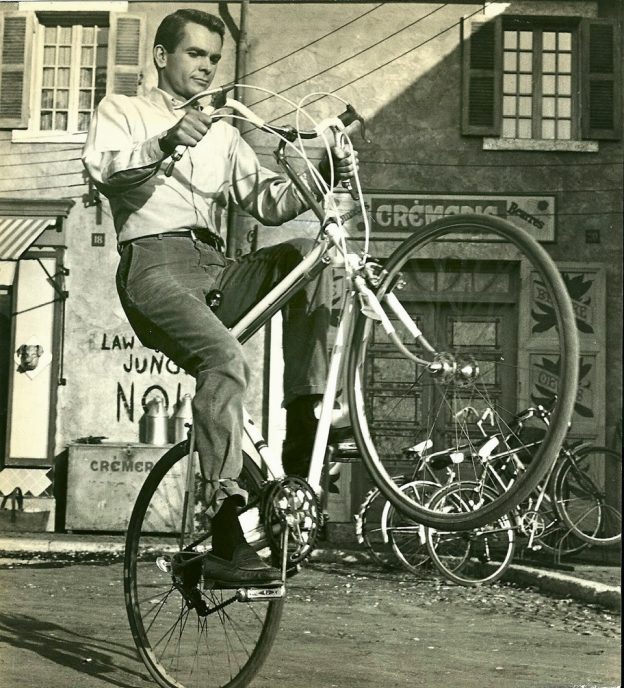Tag: bike life
-

Kid’s bikes are the gateway to a lifetime of fun.
Knowing the differences between kids’ bikes when it is time to get your child on a bicycle will make your job easier. Whether it’s the first bike or an upgrade to a bigger size. Here are some tips so you know what’s best for your young rider.
-

Be the coolest biker on your block when you learn how to wheelie
Very few bicycle moves are as cool as the wheelie. When I was a kid, only a few of my friends could do them and as I got older, that number decreased. Beyond the “cool factor” wheelies can also help you get up and over objects on the trail with a bunny hop. Here is…
